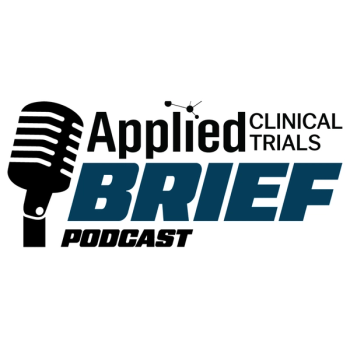
Mega-Merger: Quintiles, IMS Health to Combine
CRO giant and leading healthcare information provider merge to create a wide-ranging R&D-to-commerical services company, in a deal some contend could trigger a trend of larger CROs adding complementary non-clinical offerings.
Quintiles, the world's largest contract research organization (CRO), and information and technology juggernaut IMS Health have agreed to an all-stock merger to create a combined company with service offerings across the entire life sciences product lifecycle-from R&D through commercial to the emerging areas of real-world evidence and patient outcomes. To be officially named Quintiles IMS, the new organization, according to the companies, will boast one of the world’s largest portfolios of healthcare information; deep therapeutic, domain, regulatory, and commercial analytic expertise; and proprietary technology applications supported by more than 50,000 employees operating in 100 countries.
The combined company is worth $17.6 billion based on market capitalization and with $7.2 billion in pro forma revenue in 2015. Industry consultants such as
Read the full release
Newsletter
Stay current in clinical research with Applied Clinical Trials, providing expert insights, regulatory updates, and practical strategies for successful clinical trial design and execution.





.png)



.png)



.png)
.png)
